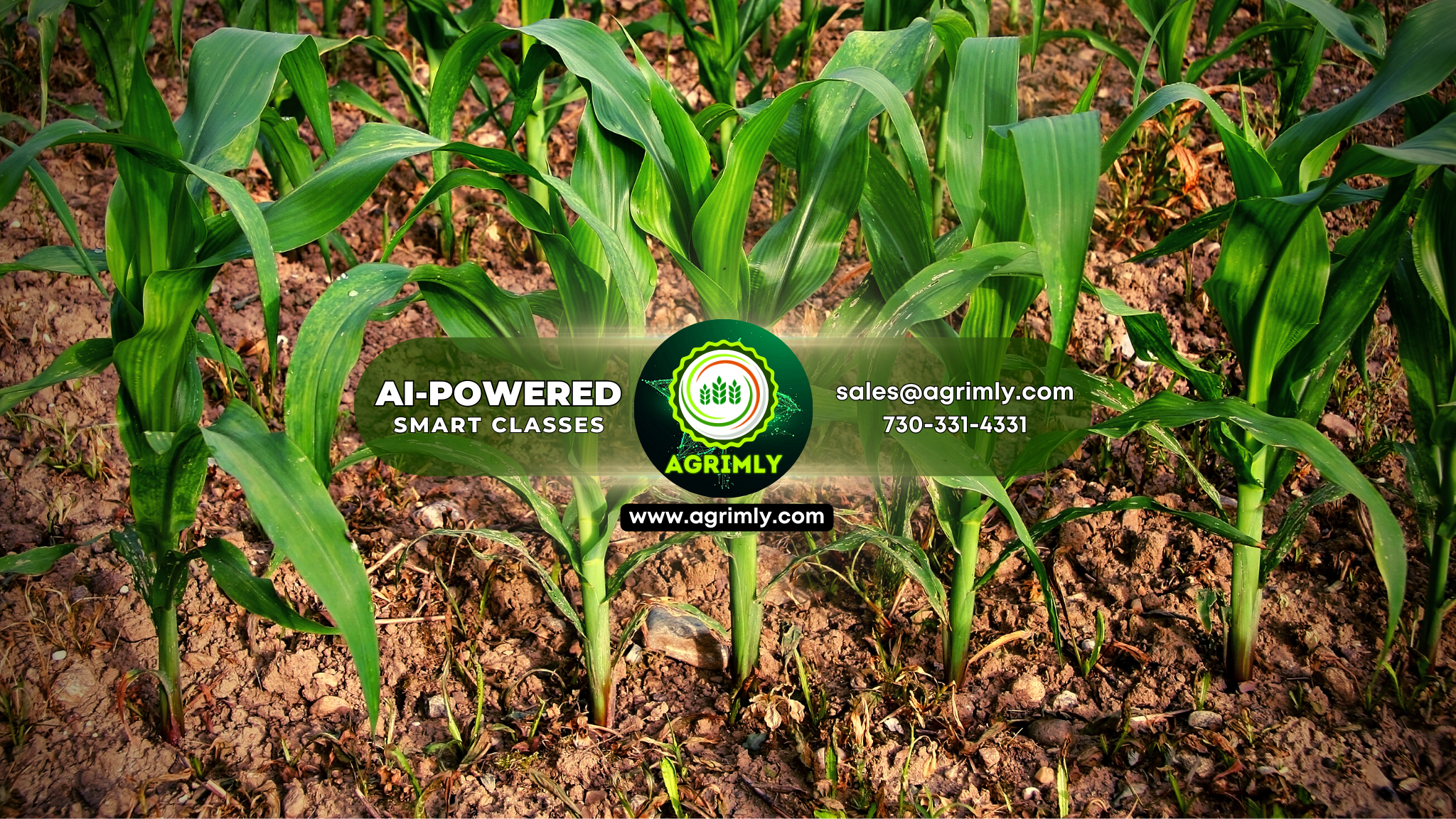SYLLABUS FOR THE ALL INDIA COMPETITIVE EXAMINATION FOR ADMISSION TO DOCTORAL DEGREE PROGRAMMES AND THE AWARD OF
JRF/SRF (PGS)
67 WATER SCIENCE AND TECHNOLOGY
Unit 1: General Concepts of Water Resources Management
Water Resources of India, their Development; History of irrigation in India; Major irrigation projects in India; Type of Water-Green/Blue/Grey; Water Resources Distribution. Present Water requirement and needs for future in different Sectors. Rainfall(South-west monsoon, north-east monsoon, winter and hot weather period); Water budget of India; Irrigation Legislationinterstate water dispute, Concept of Water Pricing, Sustainable use and management of Water Resources, Impact of Climate Change on Water Resources and its availability in space and time, Interlinking of rivers.
Unit 2: Soil Water Plant and Atmosphere Relationships
Soil characteristics in relation to profile and soil horizon, Soil water potential, its various components and method of their measurements. Movement of water in soils and its measurement, Properties of soil in relation to irrigation. Physical, Chemical, Biological Properties of Water; Plant water relations and role of water in plants,water loss through transpiration and factors affecting it, its measurement and the factors influencing it, Water stress in plants and its effect on growth, quality and yield. Water relationship of cell and whole plant, Water uptake by plants and its movement mechanism. Weather parameters influencing soilwater-plant relations and its measurements, Water footprint.
Unit 3: Crop Water Requirement
Concepts of crop water requirements, irrigation planning and its factors, factors affecting irrigation water requirement. Soil Moisture Constant and its management, Soil Moisture Characteristics Curve, Soil Moisture Measurement; methods and its constraints, Introduction to Methods of estimation of reference evapo-transpiration and crop consumptive use, soil and land irritability assessment, Water Productivity, Concept of field water balance, various components of field water balance their estimation of crop planning in relation to changing scenario of input availability, Estimation of seasonal and annual water requirement of various field crops, progressive peak and seasonal consumptive water use and their significance in operation of irrigation projects.
Unit 4: Soil and Water Conservation
Concept of Soil and Water conservation, Relevance of soil and water conservation in Agriculture, Problems caused by soil erosion, factors affecting soil erosion, Types of soil erosion, mechanics of water and wind erosion, Erosivity and Erodibility, Measurement of soil erosion, Hydraulic jump and energy dissipater for erosion central structures, design of Soil and Water Conservation Structures-Drop structures, Drop-inlet Spillway, Chute Spillways; Farm ponds and temporary storage reservoirs,. Sediment yield and transport, water detention structures.
Unit 5: Hydrology and Watershed Management
Hydrological cycle, Precipitation; types and forms, characteristics, Rainfall measurement and analysis, Abstraction/Initial loss from precipitation, Principles of Evaporation and its measurement Rainfall-Runoff Relationship, Stream flow measurement, Hydrographs, flood routing. Concept of watershed, principles and objectives, characterization, priority watershed, integrated watershed management, Water harvesting technique small storage and traditional methods, Integrated watershed management, people participation; Watershed management programme in the country-overview, planning and guidelines success and failures, economic evaluation, watershed policy formulation for planning and management, evaluation and environmental assessment, watershed policy formulation for planning and management, Extension strategy, RRA, PRA and PAR, economic issues, institutions and water users associations.
Unit 6: Irrigation Water Management & Drainage
Measurement of irrigation water, application and distribution efficiencies; Management of water resources (rain, canal and ground water) for agricultural production; Management of irrigation water; Concepts of irrigation scheduling, Different approaches of irrigation scheduling; Soil water depletion plant indices and climatic parameters; Concept of critical stages of crop growth in relation to water supplies; crop coefficients, Methods of irrigation viz. surface methods, merits and demerits of various methods, design and evaluation of irrigation methods, Conjunctive use of irrigation water, irrigation strategies under different situation of water availability, Irrigation efficiencies; Canal water Distribution, Design of irrigation structures. Drainage- concepts and classsification; Field drainage system with special emphasis on crop production and soil salinity. Inter relationship of drainage with cropping patterns and types of farming; Drainage requirement of crops and method of field drainage , their layout and spacing.
Unit 7: Management and Remediation of Poor quality Soil and Water
Irrigation water quality, rating and suitability; Eutrophication, Management of brackish water for irrigation, Salt Balance, Area and distribution of problem soil – acidic, saline, sodic and physically degraded soils;origin and basic concept of problematic soils, and factors responsible for it. Morphological features and of saline, sodic and saline-sodic soils; Basic Concept of Soluble salts, ESP, pH, physical, chemical and microbiological properties. Acid soils–nature of soil acidity, sources of soil acidity, effect on plant growth, lime requirement. Management of acid soils. Management of saline and sodic soils; salt tolerance of crops – mechanism and rating; monitoring of soil salinity in the field.
Unit 8: Basics of pressurized irrigation system
Introduction to Micro- Irrigation, Merits and Demerits of Micro Irrigation, Scope and Applications of Micro Irrigation,Types & components of Micro-Irrigation Systems -Drip, Sprinkler, Sub-Surface, Bubbler; Basic Design, operation and maintenance of Sprinkler System. Fertigation System.
Unit 9: Rainfed Agriculture
Prospects of rainfed agriculture, climate change and its impact, characterization of rainfed areas, moisture stress and low productivity, rainfall analysis, dry and wet spells, Application of Remote Sensing in rainfed farming, Resource conservation techniques, Drought- types and constraints , Drought resistance in crops, mechanism for drought tolerance and crop adaptability to drought situations, Soil moisture conservation and utilization, moisture retention and availability concepts, water adsorption by plants under stress conditions. Water loss through evaporation and transpiration, conservation tillage, irrigation techniques, mulches and evaporation suppressant its management under stress conditions, mulches, anti-transparent – their kinds, effectiveness and economics.
Unit 10: Ground Water Management, Wells and Pumps
Scope of groundwater development, Aquifer types, properties and parameters, Principles of groundwater flow, Management of declining and rising water table, Natural and artificial groundwater recharge, Groundwater recharge basins and injection wells, Groundwater management in irrigation command, conjunctive water use, water lifting, different types of pumps, selection of pumps, pump characteristics curve, cost of groundwater pumping.



No comments:
Post a Comment
Thank You for feedback. Keep commenting on it.